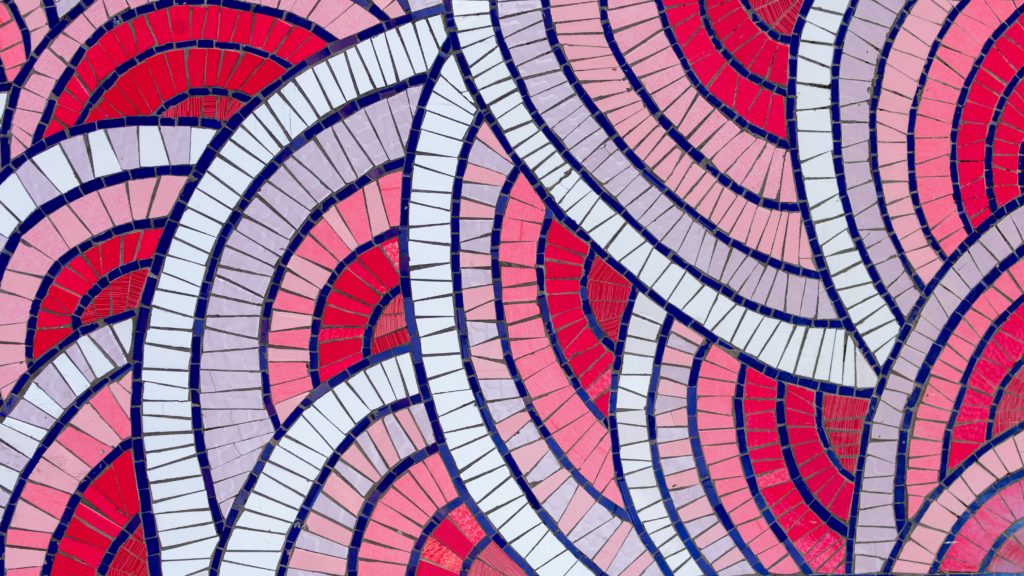Protein is the key to growth and development, needless to say it plays a HUGE role in our body. Protein is both a rebuild component and an energy source and it also provides us with the necessary ingredients required to make important hormones, enzymes, tissues and antibodies as well as maintain good acid-alkali balance within our overall system.
Amino acids are the building blocks of protein. Amino acids form chains called peptides, which form to make a longer chain called a polypeptide and then it is these polypeptides that constitute protein. Similarly, when we consume protein, it is broken down into smaller amino acids and then reassembled into other proteins for use by the body.
There are three types of amino acids:
1. Essential: Those that we must gain via the foods we eat.
2. Non-essential: Those in which the body can synthesise or have a supply already.
3. Conditional: Those that are needed during times of immense stress or illness.
| Non-Essential | Essential | Conditional |
| Alanine | Histidine | Arginine |
| Asparagine | Isoleucine | Cysteine |
| Aspartic Acid | Leucine | Glutamine |
| Glutamic Acid | Lysine | Glycine |
| Methionine | Ornithine | |
| Phenylalanine | Proline | |
| Threonine | Serine | |
| Tryptophan | Tyrosine | |
| Valine |
To get a little scientific, amino acids are composed of amine (-NH2) and carboxylic acid (-COOH) groups which are separated by the alpha-carbon but each amino acid has a different side chain (‘R’ group) unique to that acid, which is how we can identify them. Just like we can make countless words with differing combinations of the 26 letters of the alphabet, we can make different types of proteins with differing combinations of amino acids.
When the body builds muscle, it requires a variety of different amino acids for the process – these can be nonessential (coming from our own pool of amino acids) or essential (coming from dietary protein that we have consumed). If we do not eat enough protein, we can experience a shortage of essential amino acids. If this becomes chronic, the body can no longer continue to build protein and the body therefore suffers as a result. In cases such as this, the brain attempts to come to the rescue by releasing vital proteins that can support the body for the short term. Physical signs and symptoms that accompany this include muscle atrophy (wasting) and severe fatigue.

Complete and Incomplete Proteins
Complete Proteins: Protein sources that contain all the ‘essential’ amino acids (mostly meat-based sources, quinoa, buckwheat, amaranth, micro algaes e.g. spirulina, chlorella, fermented soy products e.g. miso, tofu, tempeh and soy milk). Animal proteins contain all 8 essential amino acids and are therefore termed a ‘complete protein’. But, it is not necessary to get them from meat sources of protein alone.
Incomplete Proteins: Protein sources that do not contain all the ‘essential’ amino acids (e.g. beans and brown rice). You can combine two incomplete proteins to form a complete protein in a process called mutual supplementation.
You can read more on this and how to food combine for optimal mutual supplementation here.
The most important takeaway today is that you do not need to consume all amino acids at each meal to make a complete protein. This is a classic myth in the wellness world and it is not true.
Amino Acids as Therapeutic Agents
There is some science around specific amino acids and their use as therapeutic agents in illness and disease. Here are some examples:
Tryptophan – Used for low mood and mental health as well as insomnia and other sleep disorders such as sleep apnea. Much of this is centred around tryptophan being the sole precursor to serotonin (our mood and sleep hormone) and thus plays a large role in brain serotonin synthesis and overall mood, cognition and behaviour.
Lysine – Used for the prevention and treatment of cold sores (caused by the Herpes Simplex virus).
Glutamine – Used for gastrointestinal support and gut healing, energy metabolism, gets rid of excess ammonia in the body, precursor for the biosynthesis of nucleotides (building blocks of DNA and RNA), anti-inflammatory benefits and immune support. Important to note, premature and very low birth weight infants are susceptible to glutamine depletion duet to losing their placental source of glutamine at birth coupled with an immature gastro-intestinal system that has difficulty tolerating enteral nutrition.
Have something to say?
Comment below and feel free to share on all your platforms. As always, I would love to know your biggest takeaway and tell me if you’ve tried any of these amino acids as therapeutic agents before – Tag us on Instagram @optima_health or #optimahealth. Thanks for reading x
Sources:
https://www.ncbi.nlm.nih.gov/pubmed/16215069
https://academic.oup.com/jn/article/138/10/2040S/4670117
https://academic.oup.com/jn/article/138/10/2045S/4670120
https://www.ncbi.nlm.nih.gov/pmc/articles/PMC5454963/
https://www.winchesterhospital.org/health-library/article?id=21791
https://www.sciencedirect.com/topics/pharmacology-toxicology-and-pharmaceutical-science/tryptophan
